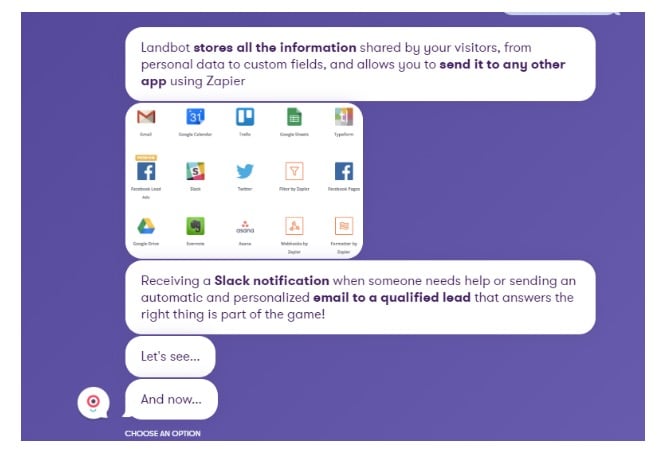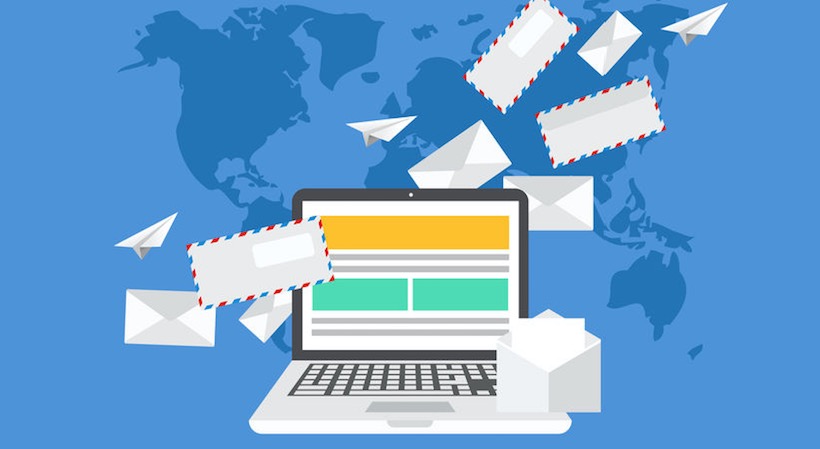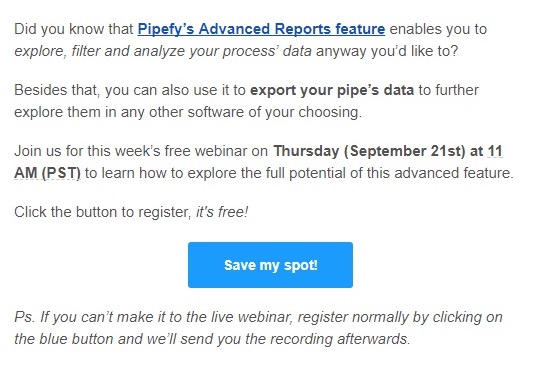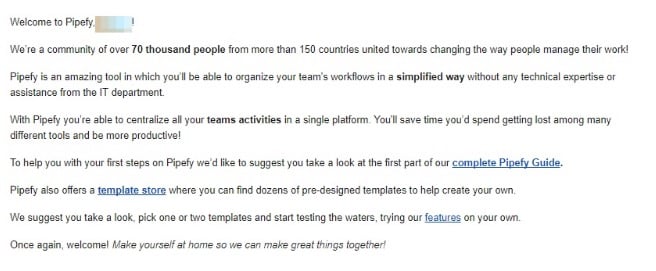Are you crafting amazing pieces of content? You know, that legendary 10x content everyone keeps talking about? If so, that’s a great start. But what good is incredible content if no one sees it?
All of the precious time you spent creating that perfect post won’t yield any results if you don’t promote it properly. No matter how great, your content simply won’t circulate around the web on its own. You need to craft a solid content promotion strategy to ensure that your content gets the most reach, engagement and value for your business.
Email marketing is one tactic you can use to bypass newsfeed algorithms and advertising. Sending your content to your target audience’s inbox is a great way to get clicks and conversions. These strategies will help you amplify your content marketing reach with every new piece of content you create.
Here’s where to start:
Send your content to your newsletter list
Once you start gaining subscribers, you can start promoting your content to them. If you publish new content on a daily basis, you may want to consider only promoting one piece of content a week or promoting your posts at the beginning of the week in a digest format, to avoid overwhelming your subscribers.
If you only publish content once or twice a week, and each piece of content is worthy of the publicity, then it probably doesn’t hurt to promote each piece to your mailing list as you publish them.
This is assuming you are not sending a lot of other promotional emails or chatbot messages on a weekly basis. While fancy newsletter designs can impress your subscribers, they are time-consuming. A simple, text-based message is often the best way to go. They’re easy for you to create and simple for your subscribers to access on both desktop and mobile.
Check out this one from Pipefy, for example:
Related: 7 Social Media Promotion Tactics to Try With Your Next Piece of Content
As for chatbot technology, Landbot provides a stellar example of how to deliver content via email and even make it enjoyable:

Repeat send your content to people who didn’t open it the first time
If you want to promote something heavily to your mailing list, you can also send follow-up messages to those who did not click on your content the first time around (assuming you are tracking your links).
Here’s how Buzzsumo does it:
While this follow-up message applies to a product rather than a piece of content, the idea and messaging are similar. Emails like this are a great way to reach out to those who have previously been unresponsive, but by following up, you may catch them at the right time now.
Add your content to your welcome email for new subscribers
Another way to promote your latest content is to include it in your welcome message to new subscribers. Yes, it means you will need to remember to update your welcome message as often as you publish new content, but at least your new subscribers will get to see your latest content.
Something like this email, again from Pipefy, is perfect:
Not only does this repurpose your content (more on this later), but it provides immense onboarding benefits and satisfies new and existing customers while establishing your brand as a thought leader.
For example, if you publish a blog post showcasing how to set up a chatbot utilizing your startup’s product, email it to new subscribers and place it the knowledge center (or equivalent) on your website for double the impact.
Sign Up: Receive the StartupNation newsletter!
Add a link to your content in your email signature
Email marketing doesn’t end with your subscribers. Make sure everyone you contact via email sees your newest content by adding it as a link in your email signature. It’s a great way to get clicks from people you email regularly.
Conclusion
Use email marketing to send your latest content to subscribers and industry contacts. If you do it right, this can be a non-intrusive ways of circulating your content to those who want to see it. Be proactive. Use these methods to help your precious content gain the following it deserves.
Tune in next week for the third and final part of this series, in which we discuss tactics for promoting, sharing and repurposing your startup’s content!








